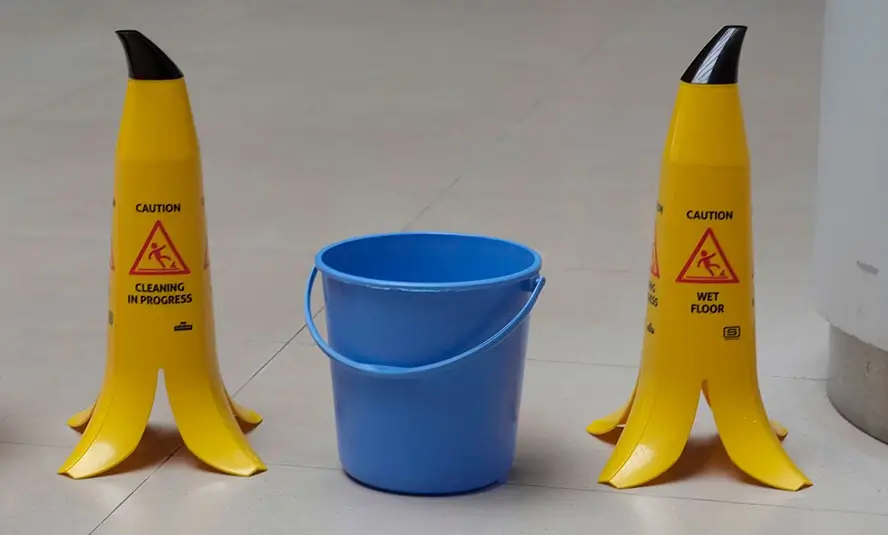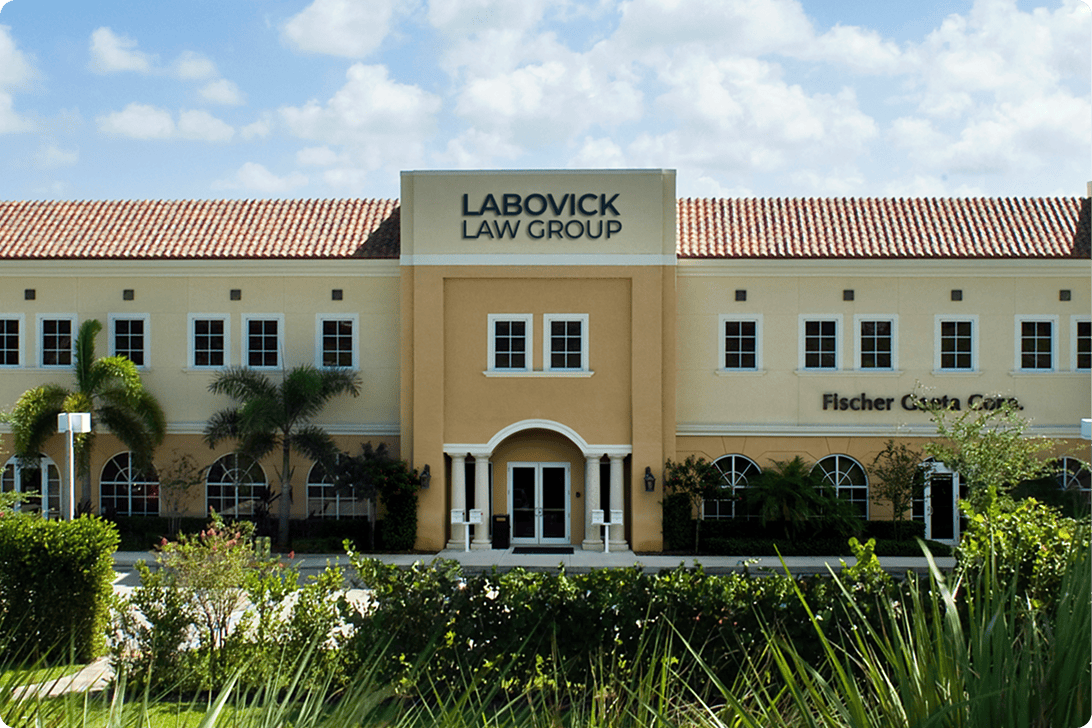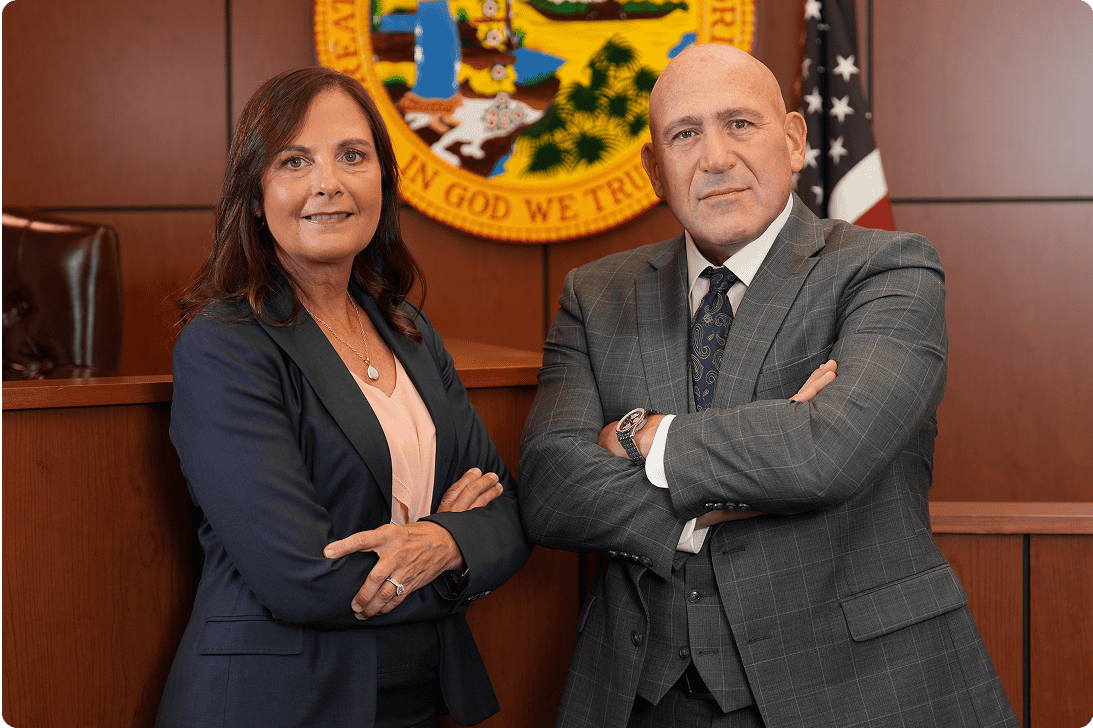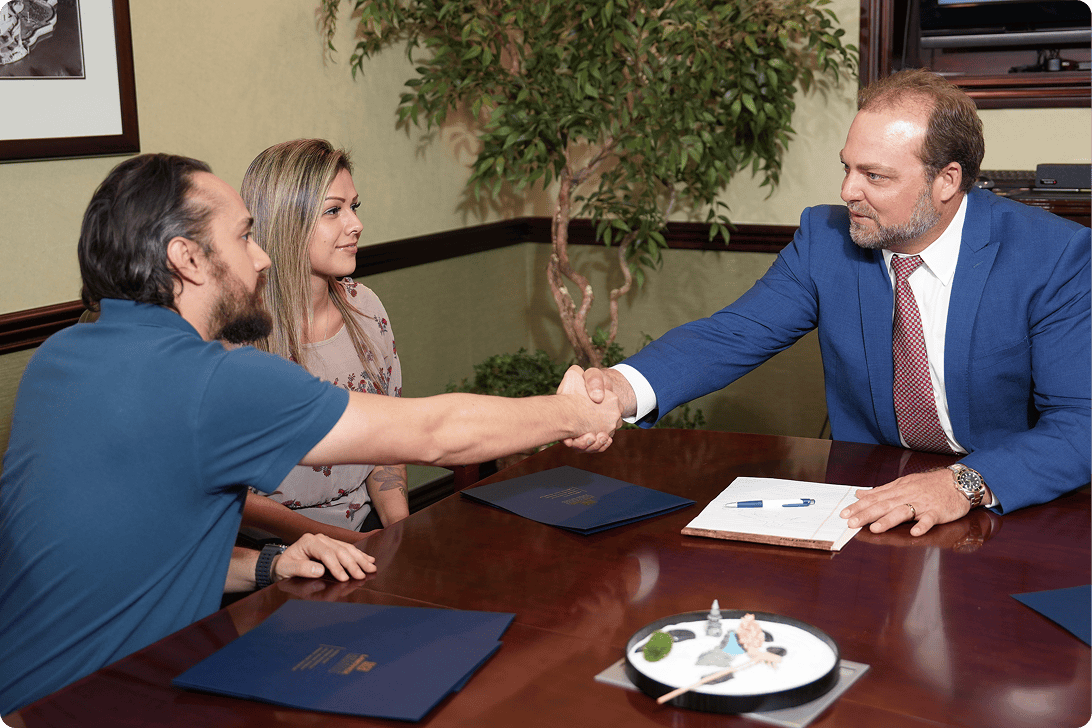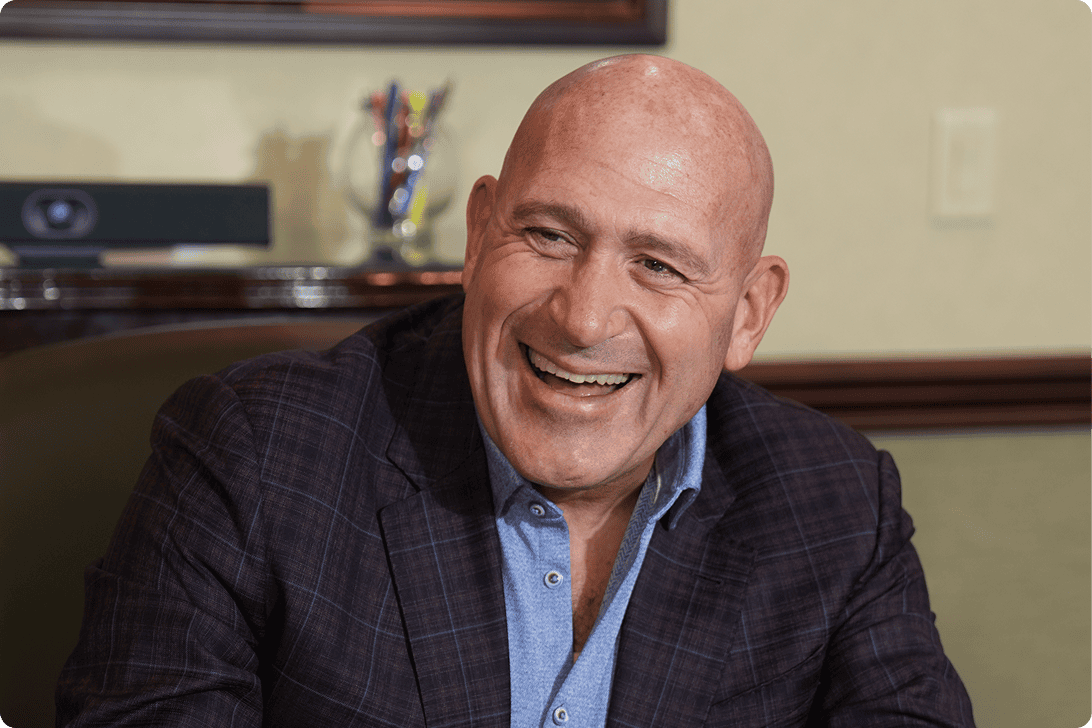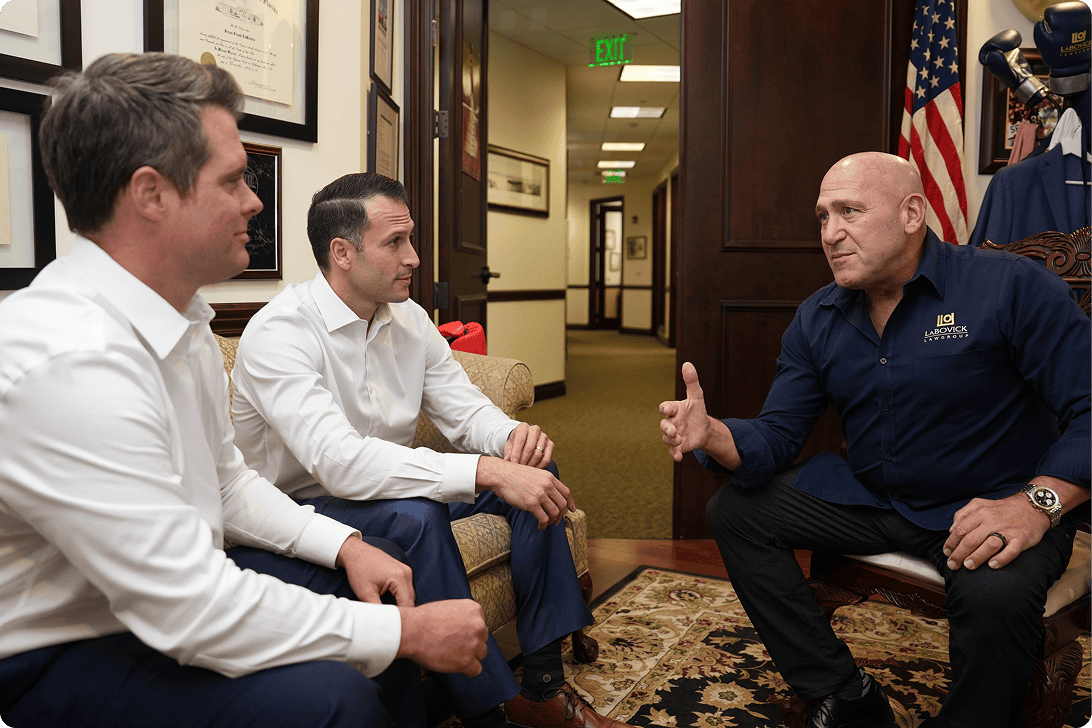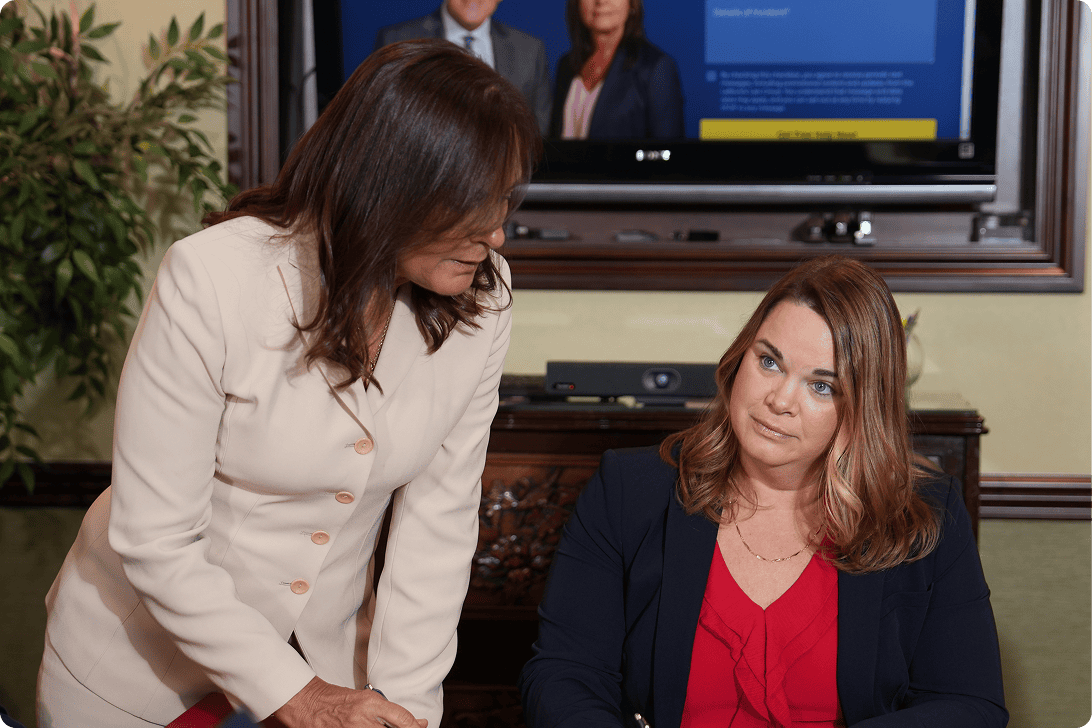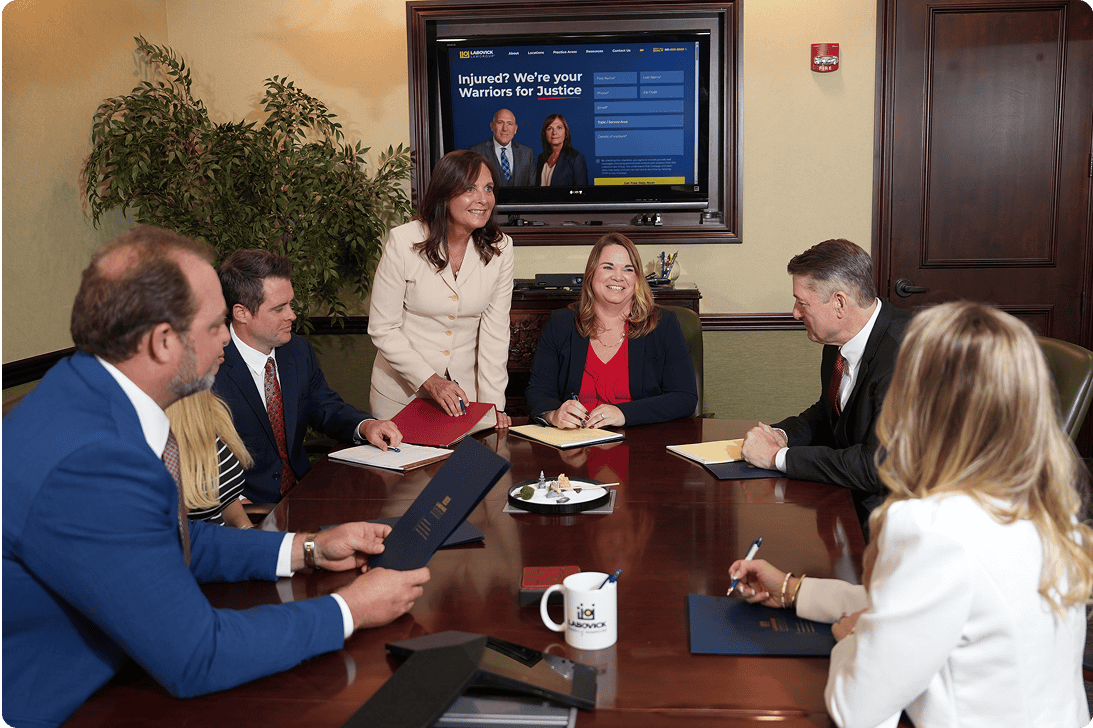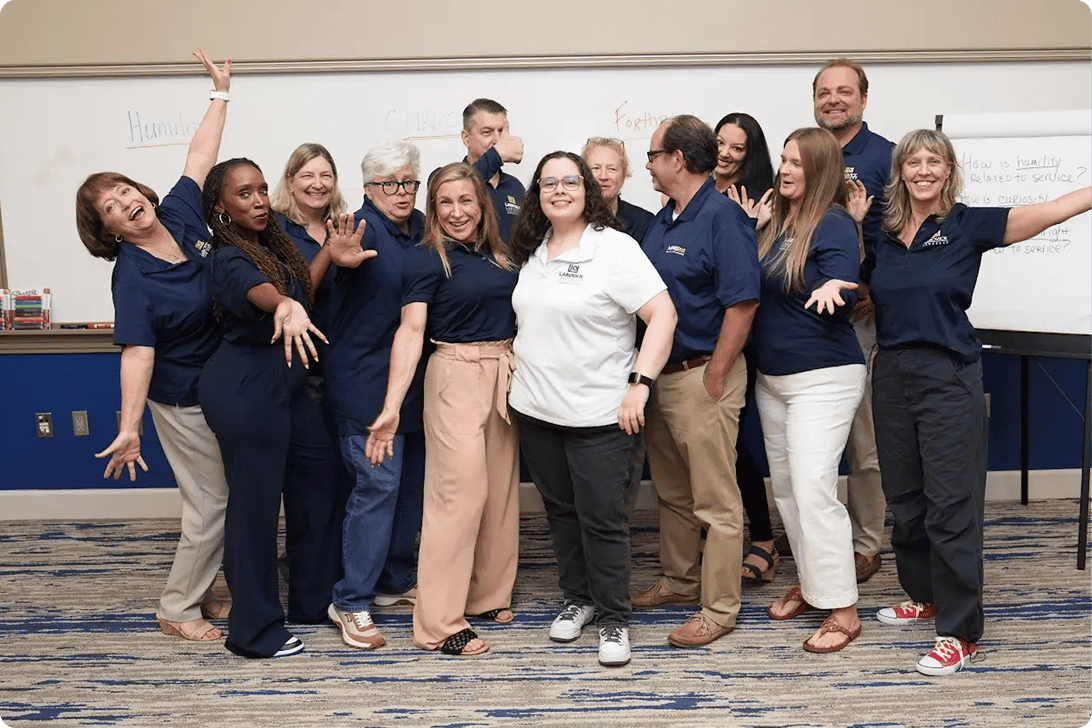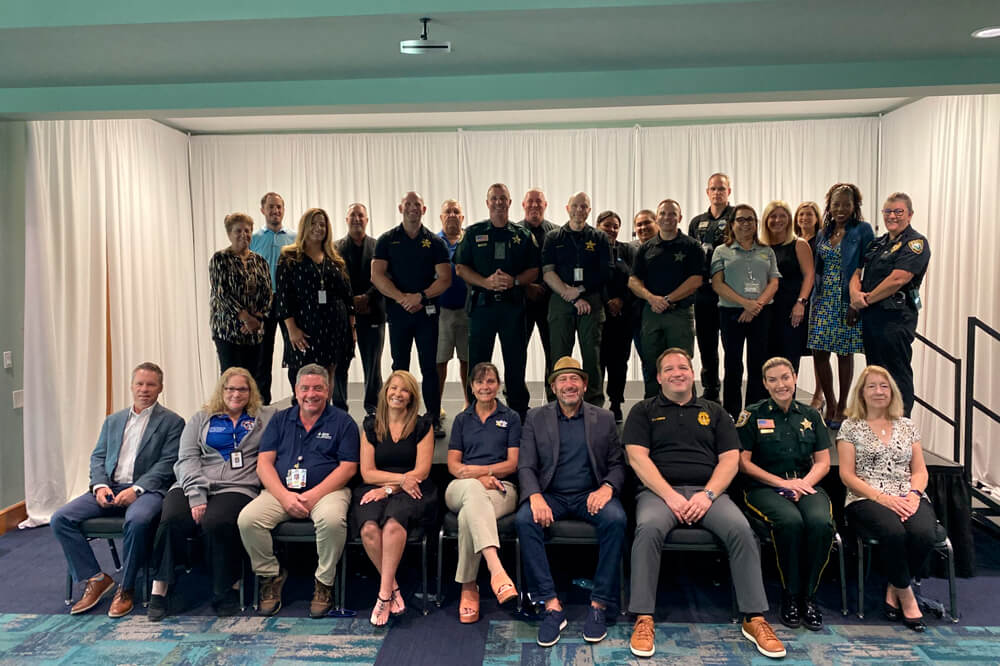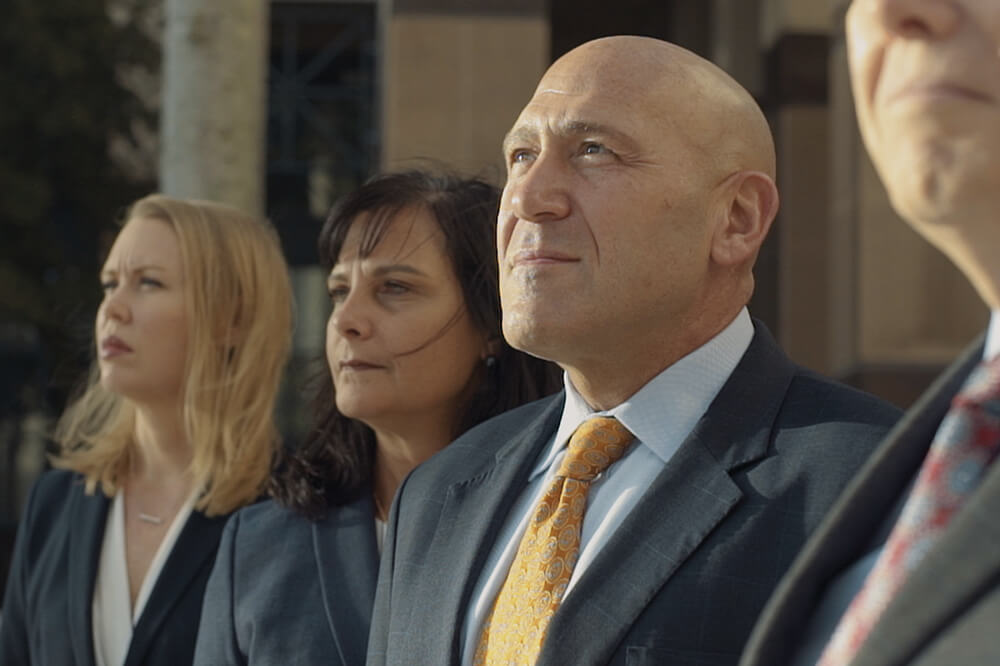Premises liability and the peril of slip and fall accidents in Palm Beach Gardens
A slip and fall accident is a type of personal injury that occurs when a person slips, trips, or falls as a result of a hazardous condition on someone else’s property. Slip and fall accidents can be caused by a variety of factors, and result in a wide range of injuries, including bruises, sprains, fractures, head injuries, and back injuries. These injuries can be serious and may require medical attention and time off work to recover.
If you have been injured in a slip and fall accident and believe that the accident was caused by someone else’s negligence, you may be entitled to compensation for your injuries and other damages. It is important to speak with a qualified slip and fall lawyer as soon as possible to understand your rights and options.
Uncovering the origin of your slip and fall injury in Palm Beach Gardens
Many factors can contribute to a slip and fall accident, including:
- Wet or slippery surfaces: Spills, leaks, or other wet or slippery surfaces can increase the risk of a slip and fall accident.
- Uneven surfaces: Cracks, potholes, or raised surfaces that are not clearly marked can create tripping hazards and increase the risk of a slip and fall accident.
- Cluttered floors: A cluttered floor can create a tripping hazard and increase the risk of a slip and fall accident.
- Inadequate lighting: Poor lighting can make it difficult to see hazards and increase the risk of a slip and fall accident.
- Stairs: Slip and fall accidents on stairs can be caused by uneven, slippery, or otherwise hazardous steps.
- Outdoor hazards: Slip and fall accidents can also occur outside due to hazards such as ice or snow, uneven sidewalks, or potholes.
Who can be liable for your slip and fall accident?
In a slip and fall accident, the person or entity who is responsible for maintaining the property where the accident occurred may be held liable for the accident. This can include:
- Property owners: Property owners have a legal responsibility to maintain their property in a safe condition and to warn of any hazards that may not be readily apparent. If a property owner fails to fulfill this duty and a person is injured as a result, the property owner may be held liable for the accident.
- Occupiers of property: Occupiers of property, such as tenants or businesses, also have a legal responsibility to maintain the property in a safe condition and to warn of any hazards. If an occupier of the property fails to do so and a visitor is injured as a result, the occupier may be responsible for the accident.
- Contractors: In some cases, contractors or other third parties may be responsible for maintaining the property or for creating a hazard that leads to a slip and fall accident. If this is the case, the contractor or third party may respond for the accident.
How can your slip and fall attorney demonstrate negligence?
In a slip and fall case, your lawyer will need to demonstrate that the person or entity responsible for maintaining the property where the accident occurred was negligent in their duties. To do this, your slip and fall attorney may need to gather and present evidence to show that:
- The property owner or occupier had a duty to maintain the property in a safe condition: This can include a legal duty to repair or maintain the property, or to warn of any hazards that may not be readily apparent.
- The property owner or occupier breached this duty: This means that the property owner or occupier failed to fulfill their responsibilities to maintain the property in a safe condition or to warn of hazards.
- The breach of duty caused your injuries: Your slip and fall accident attorney will need to show that the hazardous condition on the property was the direct cause of your injuries.
- You suffered damages: Your lawyer will present evidence of the damages you suffered as a result of the accident, such as medical bills, lost wages, and pain and suffering.
What can happen if a court determines that you were partially at fault for the accident?
In Florida, the comparative negligence rule is a legal doctrine that allows a court to apportion fault among the parties involved in an accident. Under this rule, if an accident is found to be partially the fault of the plaintiff (the person bringing the lawsuit), the damages awarded to the plaintiff may be reduced in proportion to the plaintiff’s fault.
For example, if a court finds that a plaintiff is 20% at fault for an accident, and the damages awarded to the plaintiff are $100,000, the plaintiff’s damages may be reduced by 20%, or $20,000. The plaintiff would then be awarded a total of $80,000 in damages.
It’s important to keep in mind that the comparative negligence rule may apply in slip and fall cases in Florida. If you have been injured in a slip and fall accident and believe that someone else is responsible, it is important to speak with a skillful slip and fall lawyer as soon as possible to understand your rights and options.
